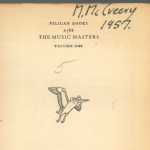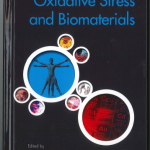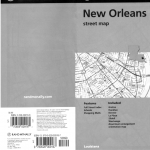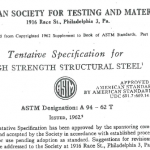The Hasidim : mystical adventures and ecstatics / Anne N. Lowenkopf. (OCLC #898652)
This volume appeared on the problem cataloging shelf, despite having had a good DLC record since 1974. How did we not spot it?
The volume has a typo on its title page: it says “mystical adventures”, where the cover and title page verso both refer to “mystical adventureRs”. This inconsistency was represented in the DLC record in the 245ǂb as:
mystical adventure[r]s and ecstatics
While this is understandable to a person reading from a catalog card, and would likely not cause that card to be differently sorted, it’s not great for an online catalog, in which a search for “mystical adventures” would not (and did not) retrieve this record.
RDA 1.7.9 on Inaccuracies in elements to be transcribed says to transcribe any inaccuracy as it appears on the piece, unless the element has instructions to the contrary. RDA 2.3.1.4 on Recording titles only provides an exception for inaccuracies in titles of serials or integrating resources, so for this monograph, we would only transcribe the inaccuracy:
245 14 ǂa The Hasidim : ǂb mystical adventures and ecstatics / ǂc Anne N. Lowenkopf.
with the corrected spelling included as a variant title:
246 34 ǂa Hasidim : ǂb mystical adventurers and ecstatics
Shout-out to OCLC’s GLIMIR feature for implying, while we were editing a minimal record with just one holding (but which had the title-page-version of the title), that there was a very similar record with over a hundred!









